Today, there are so many engineered hardwood floors that look and feel like solid wood, yet these floors are often more durable and cost effective than traditional solid hardwood floors. Besides these obvious attributes, engineered floors imitate solid plank floors so well, even the savviest have a hard time telling the difference. Can you tell which floor is Engineered Hardwood or Solid Hardwood in the images below? Not that easy? Well, image ‘A’ is the Engineered floor.
To clarify any misconception, engineered wood floors are actually genuine wood; solid hardwood floors are simply solid planks of genuine wood and engineered hardwood floors are made with a core of hardwood and topped with a layer of hardwood veneer attached to the surface.
While both types of floors are durable surfaces, the engineered woods tend to be slightly more water resistant due to its ability to expand and contract without lasting damage (for the most part). The thick veneer on the surface of the engineered woods offer a reasonable amount of protection making them more stable. However, like solid hardwoods, the floors cannot take standing moisture. The advantage here is, unlike solid wood flooring, you can install engineered wood flooring in bathrooms, kitchens and laundry rooms that encounter spills, steam and heat daily.
Meanwhile, advanced tongue-and-groove engineered systems that are popular today make instillation easy. These floors lock into place instead of being nailed or glued in. These options are usually thinner wood and can be installed over an older floor, concrete, or cork underlay.
Additionally, despite being new to the market, it is believed that the best engineered floors should last the test of time and perform as well as solid plank floors. That said, if you are looking for your floors to last a life time, then buying high quality is the only way to go.
Finally, another factor in the quandary over solid vs. engineered flooring can be cost. Typically, engineered floors are slightly more cost effective running anywhere from $3-$18 per square foot on average.
In the end, your wish list and budget will determine the best solution for your hardwood instillation. The options for engineered wood floors available today are tremendous, from Barn French Oak to Maple, grey wash, distressed, and even hand scraped; the possibilities are endless.
For more information about hardwood floors and the images used in this blog, please leave a comment. Also, don’t forget to subscribe to the blog.
Check us out on Facebook for the latest news and offers at https://www.facebook.com/JigsawDesignGroup/ and follow us on Twitter at @JigsawDesign4U

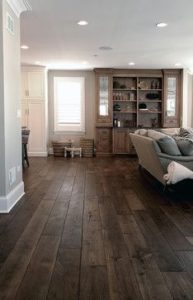
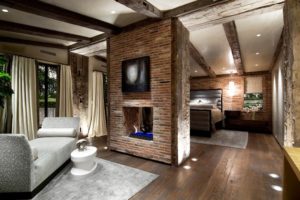

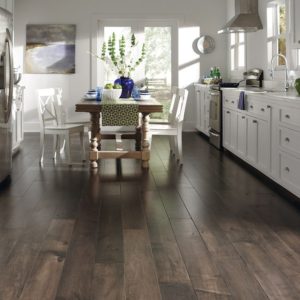


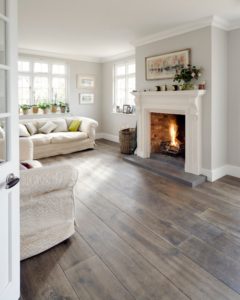

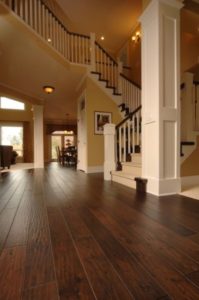
I never really knew that engineered wood floor had so many advantages and is actually genuine wood. Further, the information given in this blog is so enlightening.
Thank you Sherry for your comment! We are finding engineered hardwoods are the route most people are going these days.
Thanks Jacob. We find that almost all of our clients want engineered hardwoods these days. But there is still a lot of questions swirling around whether they are real wood or not. We thought the blog would be helpful information for those seeking to make the decision between solid and engineered. Let us know if we can be of any help!
Thanks for writing in.